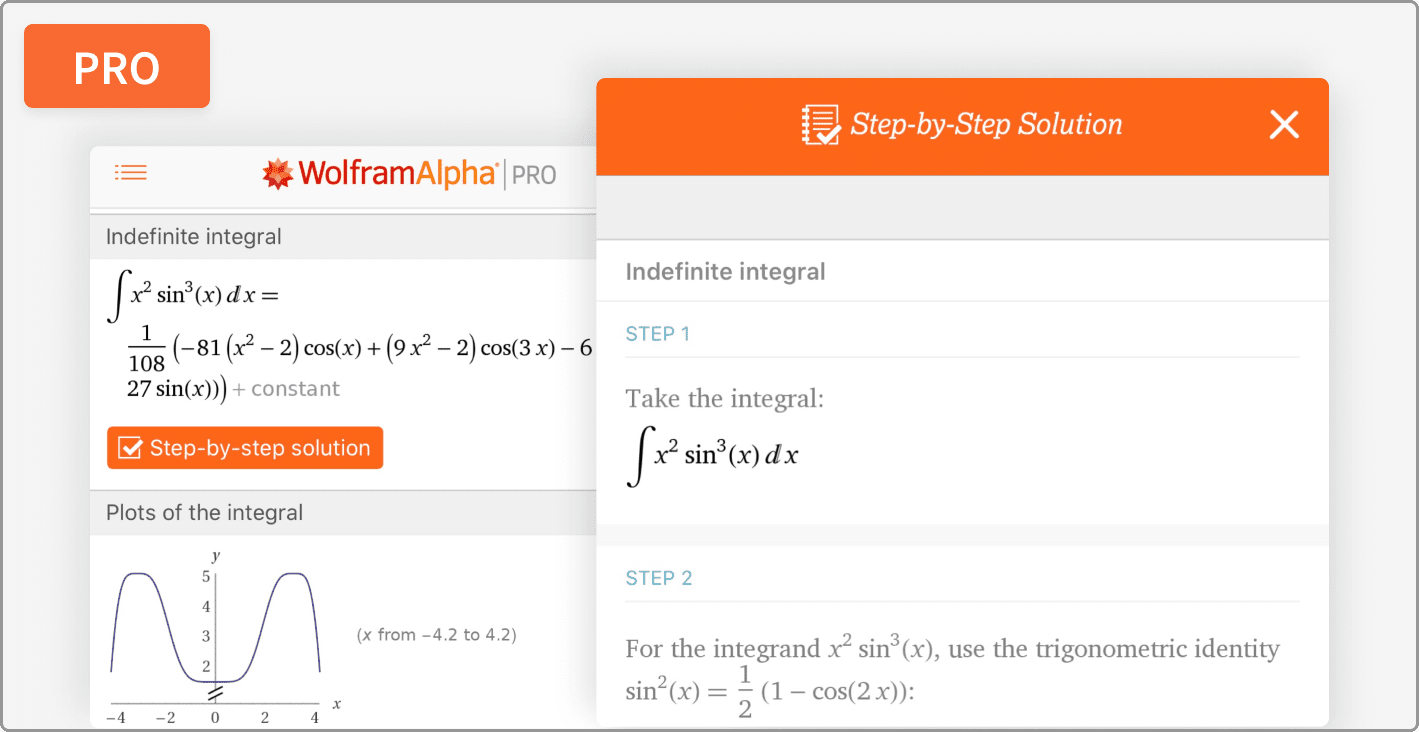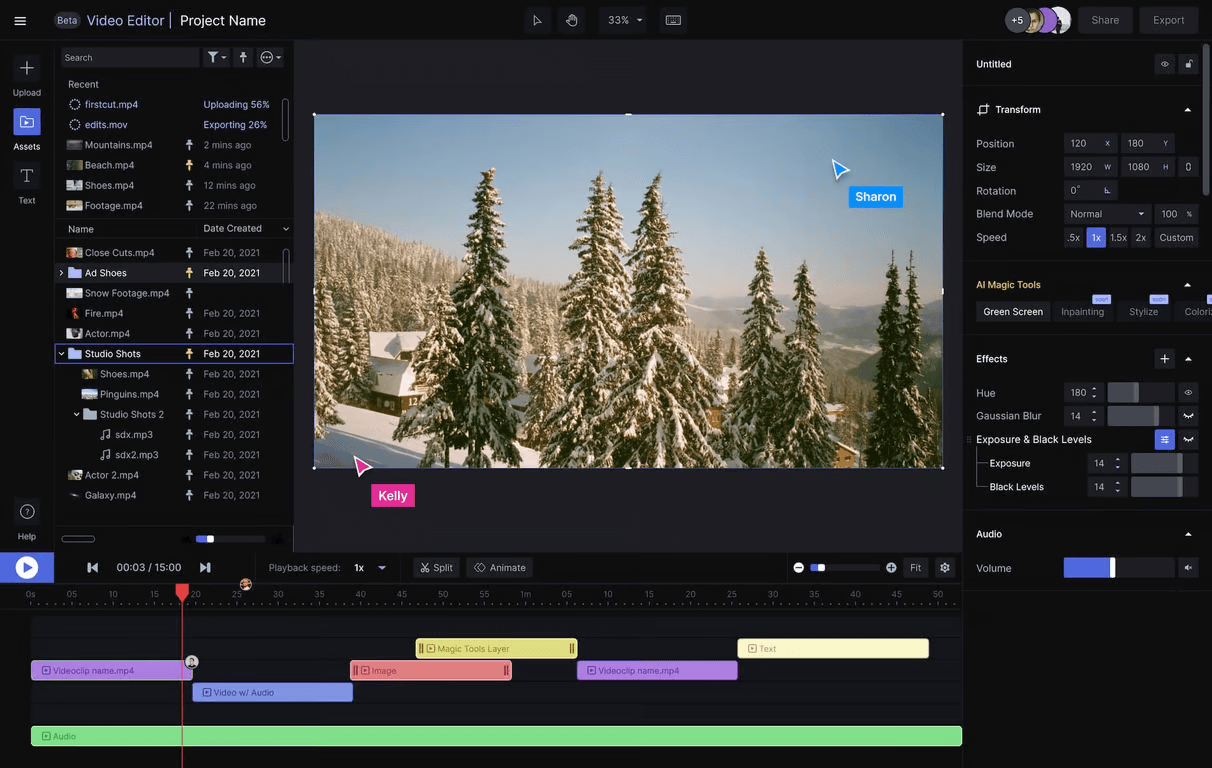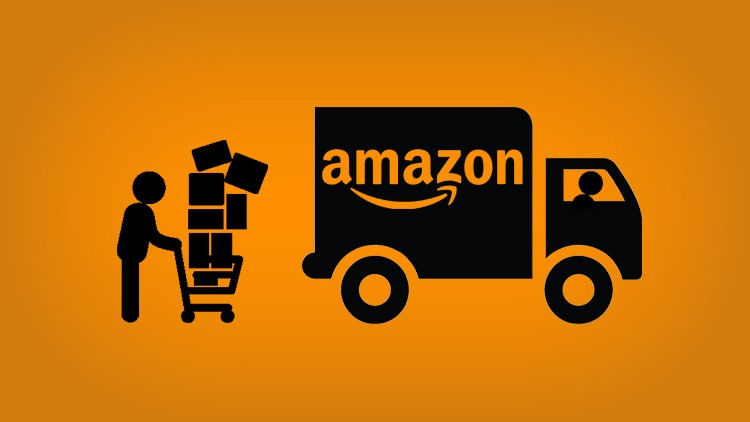As we approach 2025, the business landscape is evolving rapidly, compelling organizations to rethink their strategies for motivation and productivity. At the core of this discussion lies the concept of ‘incentive formula.’ But what exactly is an incentive formula, and why is it critical to align it with business strategies?
An incentive formula is a structured approach to awarding bonuses or rewards to employees based on their performance and the organization’s goals. Crafting an effective incentive formula can be as intricate as weaving a tapestry, where each thread contributes to the overall picture. Properly aligning these formulas with business strategies ensures that every employee’s effort translates into organizational success.

The Components of a Successful Incentive Formula
To construct an incentive formula that aligns with your business strategy, it’s crucial to consider its core components. Primarily, the formula should focus on key performance indicators (KPIs) that reflect both the organization’s goals and the job roles. Each role’s incentive formula must encapsulate:
- Clarity: Ensure that the rules and parameters for earning incentives are clearly understood. Ambiguity leads to confusion and disengagement. Employees should immediately understand what is expected of them and how their actions influence their rewards.
- Relevance: Align performance metrics with both the employee’s specific role and the organization’s broader goals. When individuals see a direct link between their efforts and business outcomes, their motivation and focus naturally increase.
- Fairness: Create a balanced incentive structure that recognizes diverse contributions across roles and levels. Fairness isn’t just about equal opportunity—it’s about designing a system that feels equitable and genuinely encourages every team member to perform their best.
- Achievability: Set targets that push performance boundaries but remain within reach. When goals are perceived as realistic yet rewarding, they inspire commitment and sustained effort rather than frustration or burnout.
These components ensure that the incentive formula is not only motivational but also strategically aligned with the broader company objectives.
Aligning Incentive Formulas with Business Strategies
Aligning incentive formulas with business strategies involves understanding the organization’s future trajectory and its key objectives. For businesses in 2025, major strategic focuses include digital transformation, sustainability, and globalization. Here’s how incentive formulas can reflect these strategies:
- Digital Transformation: Motivate your workforce to actively participate in your organization’s digital journey by offering well-structured incentives. Recognize and reward employees who complete certified tech-related courses, contribute to process automation, or lead successful digital adoption initiatives. This not only upskills your teams but also accelerates organizational agility and innovation.
- Sustainability: Integrate eco-conscious goals into your incentive programs to promote environmental responsibility. Design reward structures that recognize measurable achievements in areas like energy conservation, waste reduction, eco-friendly product design, or increased participation in recycling efforts. Incentivizing sustainability turns green practices into shared goals across departments.
- Globalization: Support your company’s global vision by encouraging employees to develop cross-cultural awareness and international business skills. Reward accomplishments such as leading multicultural teams, successfully launching initiatives in new regions, or completing language and cultural training. These incentives reinforce the value of global thinking in a competitive, interconnected market.
These tailored incentives not only drive the desired behaviors but also foster a culture that aligns with the business’s strategic goals.
Challenges in Designing Incentive Formulas
While the benefits are clear, designing an effective incentive formula presents its challenges. Some common hurdles include:
- Data Overload: As organizations embrace data-driven decision-making, the sheer volume of available information can become overwhelming. With numerous metrics to choose from, it becomes increasingly challenging to identify which ones truly reflect performance and drive meaningful behavior. Without focus, teams risk chasing numbers that don’t move the business forward.
- Dynamic Goals: In today’s fast-paced business, goals evolve rapidly to keep up with market shifts, customer expectations, and internal priorities. This constant change requires flexible and adaptable incentive structures. Static formulas can quickly become outdated, leading to misalignment between effort and reward, unless they are regularly reviewed and updated.
- Diverse Workforce: Modern workforces encompass various generations, cultures, roles, and motivations, making it challenging to design a single incentive formula that resonates with everyone. What drives one group may fall flat for another. To truly engage a diverse team, incentive plans must offer flexibility and personalization while maintaining consistency and fairness.
By anticipating these challenges, companies can remain adaptable and responsive while maintaining strategic alignment.
The Future of Incentive Formulas
Looking ahead to 2025, the successful implementation of incentive formulas will continue to evolve in response to technological advancements and changing workplace dynamics. With the rise of artificial intelligence and machine learning, these formulas can become more personalized and predictive, thereby enhancing the accuracy of targeted incentives.
Additionally, as remote and hybrid work models persist, incentive formulas will need to adapt, perhaps with a greater emphasis on productivity over physical presence. In this era, understanding cultural shifts and leveraging them to motivate teams will have a profound impact on businesses.
Conclusion
Incentive formulas, when aligned with business strategies, have the potential to propel an organization towards its goals. By carefully constructing these formulas to reflect evolving business strategies, companies can ensure they not only achieve but exceed their objectives by fostering an engaged, motivated, and productive workforce in 2025 and beyond.







